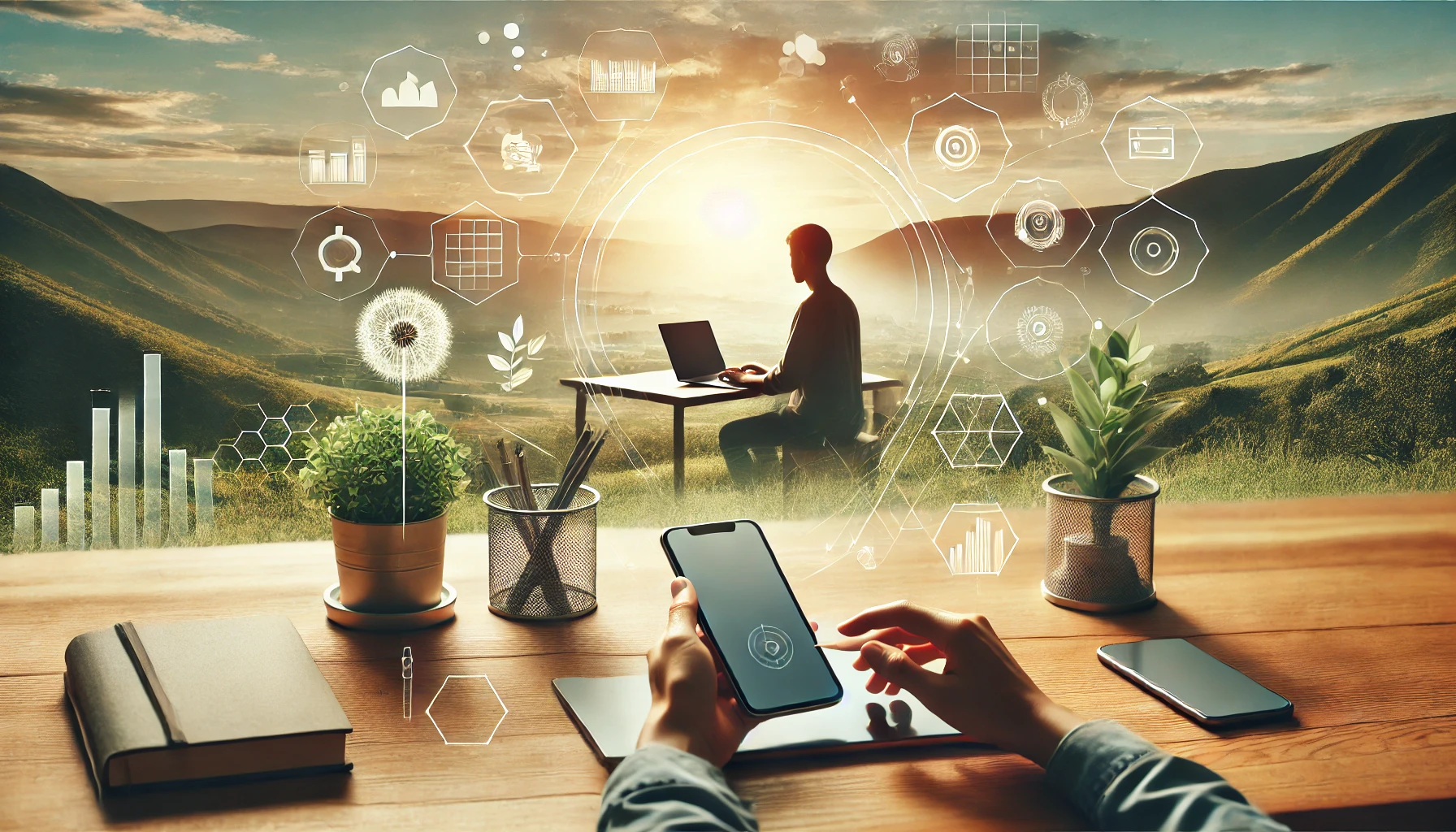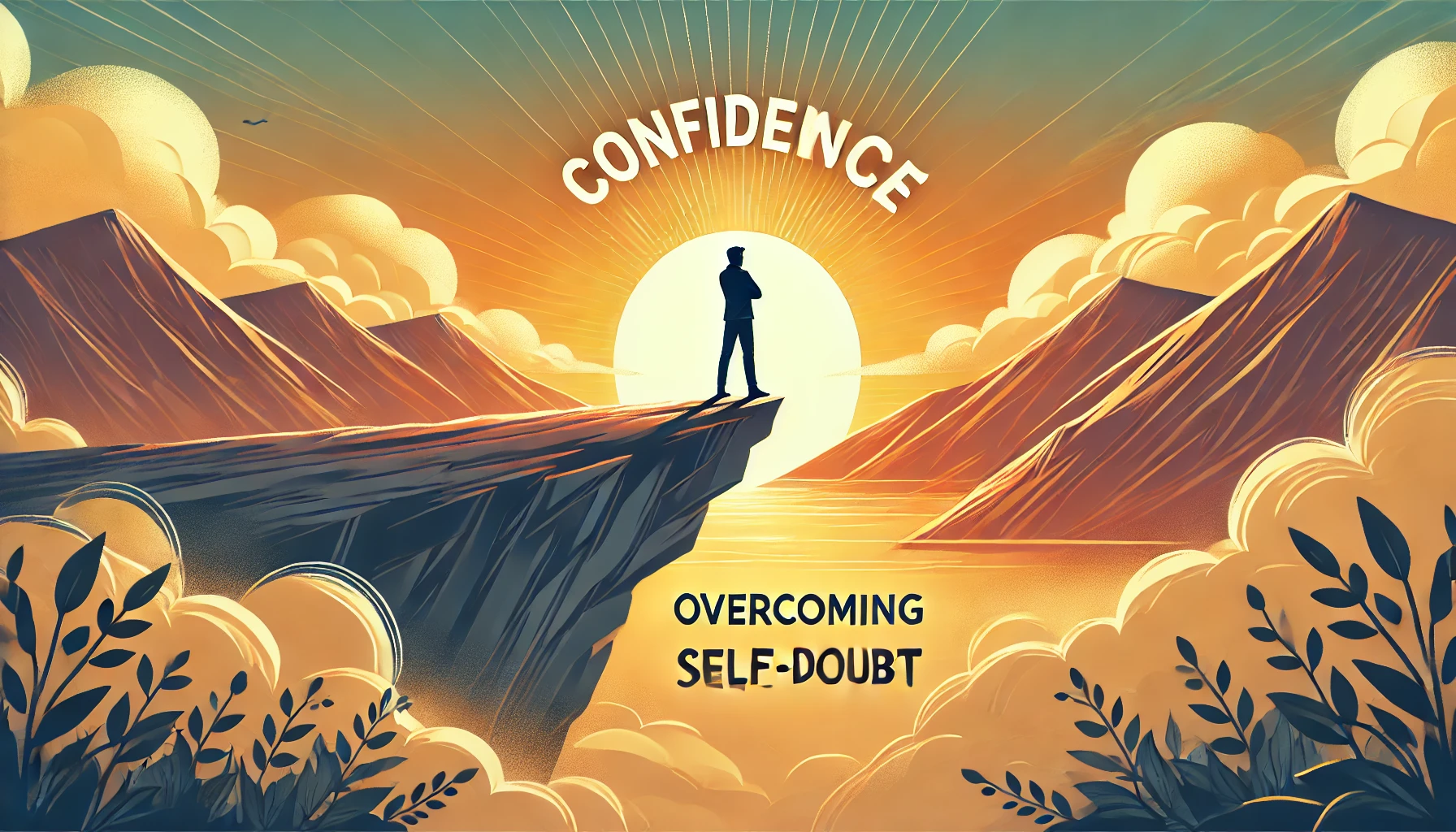
Introduction: The Digital Dilemma
In today’s hyper-connected world, technology is both a blessing and a curse. It enables instant communication, provides endless information, and makes daily tasks more convenient. But it also demands our attention at every turn—notifications buzzing, social media feeds endlessly scrolling, emails piling up.
Have you ever caught yourself reaching for your phone the moment you wake up? Do you ever feel the urge to check messages even during a conversation? Many of us live in a state of constant digital engagement, often without realizing how much control technology has over our time and focus.
The key to regaining balance isn't to eliminate technology, but rather to use it with intention. By developing smart digital habits, we can ensure that technology serves us, rather than the other way around.
Understanding the Impact of Uncontrolled Tech Use
Before shifting toward better digital habits, it’s essential to recognize how excessive and mindless tech consumption affects us:
🔴 Reduced Focus & Productivity – Constant digital distractions make deep work difficult.
🔴 Increased Stress & Anxiety – The pressure to stay connected and updated can be overwhelming.
🔴 Poor Sleep Quality – The blue light from screens disrupts melatonin production, leading to restlessness.
🔴 Weakened Real-Life Connections – Excessive screen time reduces in-person interactions.
🔴 Mental Fatigue & Digital Burnout – The brain struggles to process too much information, leading to exhaustion.
Understanding these consequences allows us to take conscious steps toward a more intentional and mindful use of technology.
Developing Smart Digital Habits
1. Redefining Your Relationship with Technology
The first step to regaining control is awareness—understanding when, why, and how you use technology. Ask yourself:
- Do I use technology out of necessity, or is it just a habit?
- How often do I check my phone without a real purpose?
- Is my screen time interfering with my productivity, sleep, or relationships?
📍 Smart Habit:
Start tracking your screen time using built-in phone settings or apps like Moment or RescueTime to understand your digital habits.
💡 Why it works:
When you become aware of your tech consumption patterns, you can make more informed choices on how to adjust them.
2. Establishing Tech-Free Spaces & Times
Technology shouldn’t invade every aspect of your life. One way to regain balance is by designating tech-free spaces and periods.
📍 Practical Adjustments:
✅ No phones in the bedroom – Use an alarm clock instead.
✅ Screen-free meals – Engage in mindful eating and deeper conversations.
✅ Morning & Night Routines without Screens – Avoid checking notifications as the first and last thing you do each day.
💡 Why it works:
Creating tech-free zones allows your mind to disconnect, focus, and recharge, leading to better sleep, relationships, and productivity.
3. Controlling Notifications & Digital Distractions
Each notification pulls your attention away and disrupts deep work or relaxation. Most notifications are unnecessary and can be managed efficiently.
📍 How to Reduce Distractions:
- Turn off non-essential notifications (social media, promotional emails, etc.).
- Use "Do Not Disturb" mode during work hours or deep focus sessions.
- Batch-check messages and emails instead of responding instantly.
💡 Why it works:
Fewer notifications mean fewer interruptions, allowing you to focus on what truly matters.
4. The 20-20-20 Rule for Eye & Mental Health
Staring at screens for long hours strains both your eyes and brain. The 20-20-20 rule is a simple technique to protect your vision and mental clarity.
📍 How to Apply the 20-20-20 Rule:
🔹 Every 20 minutes,
🔹 Look at something 20 feet away,
🔹 For at least 20 seconds.
💡 Why it works:
This simple break reduces digital fatigue, refreshes your focus, and prevents screen-related eye strain.
5. Digital Decluttering: Organizing Your Tech Life
Just as physical clutter overwhelms the mind, digital clutter—excess apps, emails, and files—creates unnecessary stress.
📍 How to Declutter Your Digital Space:
✔ Unsubscribe from unnecessary emails.
✔ Delete apps you rarely use.
✔ Organize files and folders for easy access.
💡 Why it works:
A decluttered digital space makes technology simpler, faster, and stress-free to use.
6. Practicing Intentional Tech Use: Quality Over Quantity
Instead of mindless scrolling, shift to purpose-driven tech use. Ask yourself:
- Is this helping me grow, learn, or improve?
- Am I using this out of habit, boredom, or necessity?
📍 Smart Habit:
Replace passive screen time with activities that enrich your life, such as:
✅ Listening to educational podcasts
✅ Reading a book instead of scrolling social media
✅ Using tech for learning, journaling, or mindfulness apps
💡 Why it works:
Using technology intentionally rather than impulsively turns it into a tool for growth rather than distraction.
Final Thoughts: Using Technology Wisely
Technology is neither good nor bad—it all depends on how we use it. Instead of feeling overwhelmed by digital distractions, we can take active control and develop smart habits that allow us to enjoy technology while maintaining balance.
By setting boundaries, minimizing distractions, decluttering our digital space, and practicing intentional use, we can create a healthier relationship with technology.
🚀 How will you start using technology more intentionally today?











